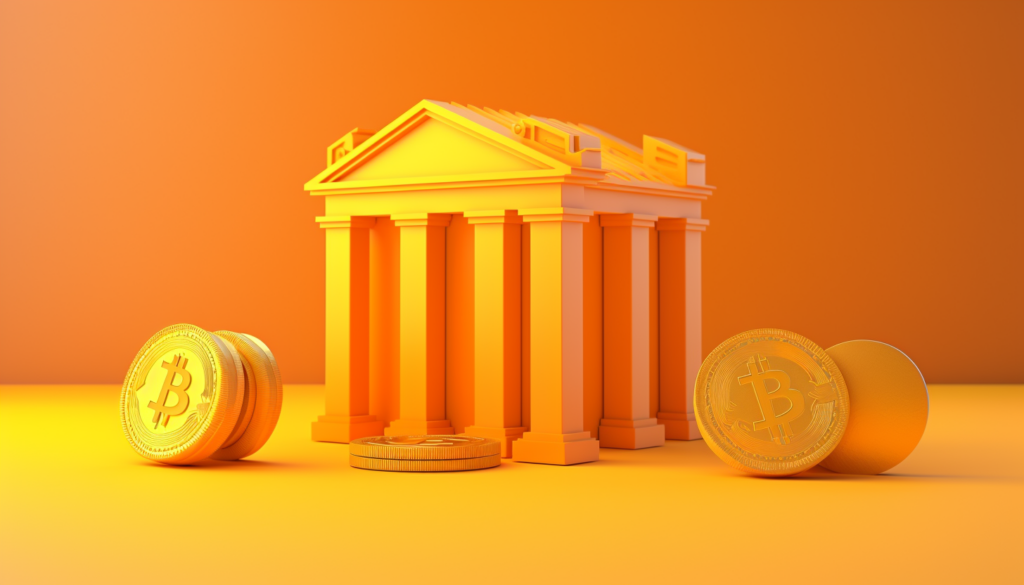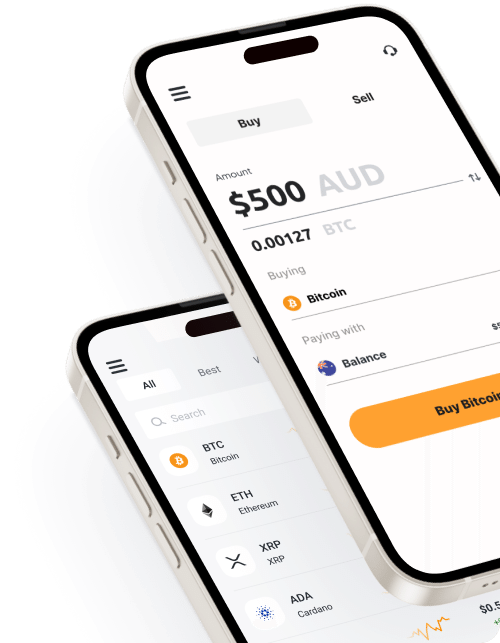
So what’s the difference between a cryptocurrency like Bitcoin and fiat money? Especially when looking to buy crypto safely, it’s essential to understand these distinctions. Imagine a world where money could be a piece of artwork or a unique idea. It’s quite the contrast to the traditional money system we’re used to right?
Origins and backing: rock vs. idea
Historically, commodity money like precious metals was the norm. Then we transitioned to fiat currencies, which are essentially government-issued currencies like the US dollar, British pound, and Japanese yen.
- Bitcoin and other digital currencies: They are built on blockchain technology, which is a type of distributed ledger. They aren’t based on physical commodities but derive their value from public demand and a finite supply (limited supply). Bitcoin for example, has a fixed supply of 21 million coins.
- Fiat currency: This government issued currency is set and maintained by the central bank. It holds value because the government declares it has value. Unlike Bitcoin’s fixed supply, central banks control the money supply of fiat through various monetary policy actions, like quantitative easing (essentially, printing money).
Control: decentralisation vs. central authority
- Bitcoin: It operates without any central authority or bank. This decentralisation, one of its most revolutionary aspects, ensures all cryptocurrency transactions are transparent and verified across a vast network.
- Fiat money: Control here lies with central banks and the government. They use their influence over monetary policies, adjust interest rates, and employ governmental control to stabilise the value and ensure it’s a widely trusted medium of exchange.
Usage and acceptance
- Bitcoin: Bitcoin and its kind can be stored in digital wallets and used worldwide, providing a modern payment solution that sidesteps traditional currency exchange hassles.
- Fiat money: This includes everyday currencies like the dollar. They are widely accepted as they’re considered legal tender—meaning the government and financial institutions mandate them to be accepted for transactions.
Value and trust
- Bitcoin: Its value can be volatile, but many see its decentralised nature and finite supply as a robust store of value.
- Fiat money: Fiat’s value leans on trust in financial institutions and the government. Its intrinsic value is no longer based on tangible goods but on the stability and creditworthiness of the issuing government or central bank.
Innovations and flexibility
- Bitcoin: Represents the next evolution in money. With no need for traditional banks or central authorities, it offers a new paradigm for payments and transactions.
- Fiat money: Its flexibility allows governments to react to economic challenges but remains tied to the traditional system and its differences.
In conclusion
Both Bitcoin and fiat have roles in our evolving financial landscape. Understanding the differences between digital currency and government issued currency can guide individuals in their financial journey. Always remember to consult with a trusted financial expert before making investment decisions.



